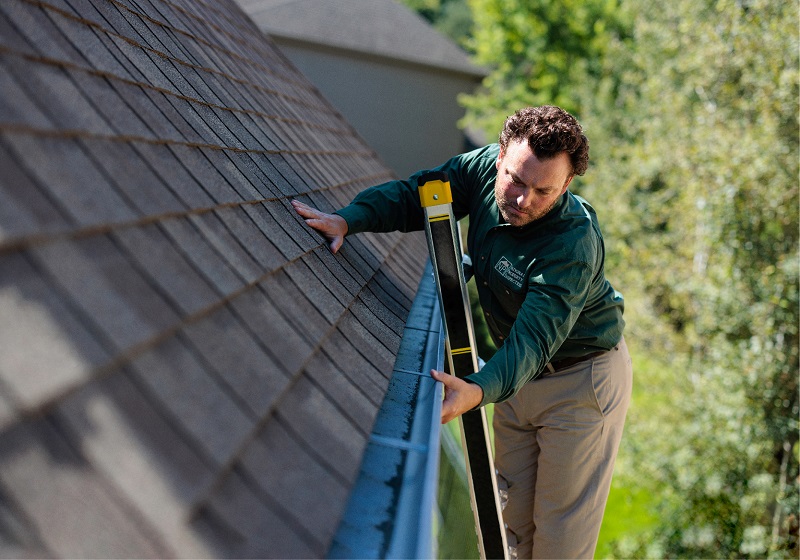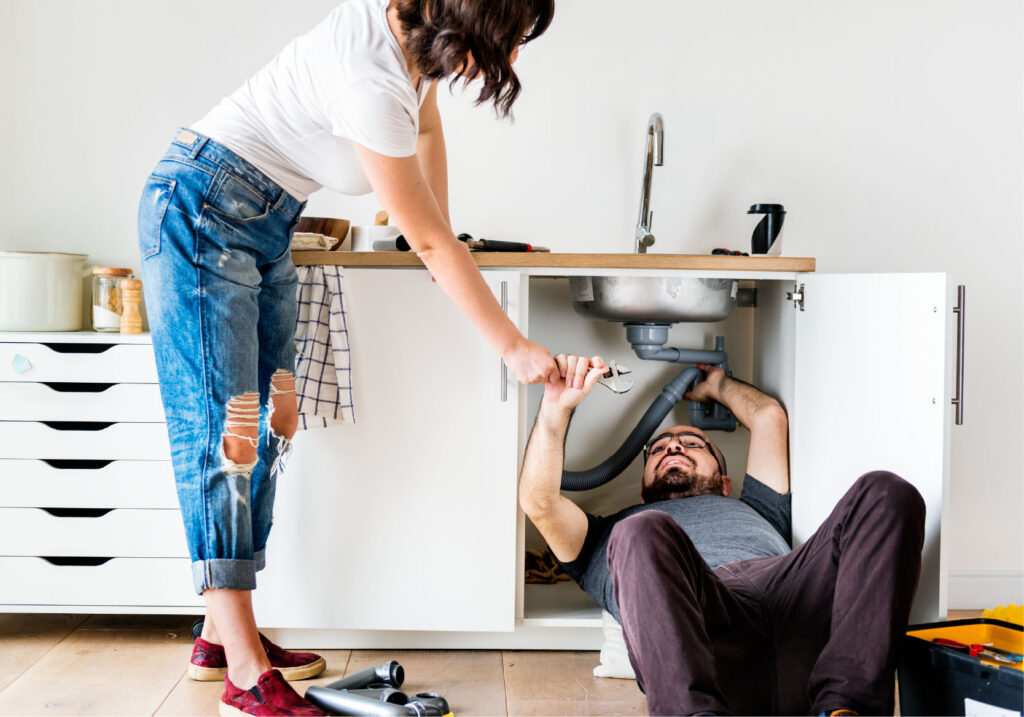Home inspectors and other real estate professionals know the truth that every new homebuyer will have to swallow: no home is perfect. Each house has a unique array of attractions and eye-catching features sure to draw in families. At the same time, there isn’t a home that doesn’t have its share of warts or bruises as well.
Your local home inspector is the key to identifying building and property maintenance issues while keeping the weight of each concern in perspective. To review the differences between which features should be addressed as soon as possible and which can be put off until later on, here are your home maintenance priorities post-inspection.
How Is The Condition of the Roof?
One of the top priorities of every new homeowner should be to understand the condition of their roof. Roofing is considered one of the main cornerstones of home systems for a few reasons. The roof is the home’s primary defense against weather and the elements. Without solid integrity, leaks are just the start of a slew of problems including the potential for mold and energy inefficiency.
All roofs have a natural lifespan until shingles begin deteriorating beyond the point of serving their use. Since other circumstances can expedite this aging process and homeowners are often unaware of the age of their roofs, the conditions revealed during a home inspection are invaluable to home buyers as they plan out their long-term home maintenance plans. A new roof can cost upwards of $15,000 to replace. A solid home maintenance plan can extend a roof’s lifespan, and a home inspection is the first step in setting homeowners up for success.
Is There Cracking in the Foundation?
To a certain extent, foundation cracks should be expected in every home. After construction shrinkage cracks develop as the foundation dries, natural expansion and contraction cycles will also result in foundation cracks. Although these cracks only point to structural damage when paired with other evidence of structural strain, even small cracks can lead to concerning issues. Water intrusion through small cracks can lead to mold, radon gas can filter more easily into the home, and large enough foundation cracks can even grant access to all sorts of pests.
After identifying and recognizing the severity of foundation cracks, epoxy sealers can be a great solution to avoid letting the issue grow. If a foundation crack is too wide, consultation with an engineer or contractor may be necessary. The National Association of Home Builders (NAHB) provides more insights here on what sorts of foundation cracks should and shouldn’t be major concerns.
Are The Mechanical Systems Functioning Correctly?
A home’s mechanical systems are essential to what makes a home comfortable for its inhabitants, but aged, poorly installed, or damaged mechanical systems can also pose serious fire hazards if left unchecked. In particular, home inspectors will examine the condition and lifespan of heating and cooling systems, as well as the functionality of power outlets throughout the home to determine safety and longevity.
Although replacing mechanical systems can be costly, properly functioning systems will be more energy-efficient and cost-effective as time goes on. To ensure that your home practices safe electrical habits, check out these tips from the National Fire Protection Association.
Are There Any Signs of Water Intrusion?
Some of the most commonly addressed issues discovered during a home inspection are those related to water intrusion. Water can lead to considerable damage as it enters into the home through unintended ways. Foundation cracks, roof damage, and piping deterioration are all common sources of unwanted water within the home. To resolve water intrusion issues, it is best to identify the source first.
Home inspectors can perform Indoor Air Quality (IAQ) testing and Mold Inspections to help identify the root of water intrusion in the home, and to identify whether water intrusion might be an issue even without an obviously visible water leak. Homeowners can perform basic maintenance checks by repairing leaky windows and doors throughout their homes and investigating their attics for the presence of mold. Water intrusion is one of the most costly issues a home can have. For peace of mind, homeowners should practice good maintenance by incorporating a home maintenance inspection into their annual routine.
Call NPI today for a consultation to learn more from an experienced home inspection professional in your area!



